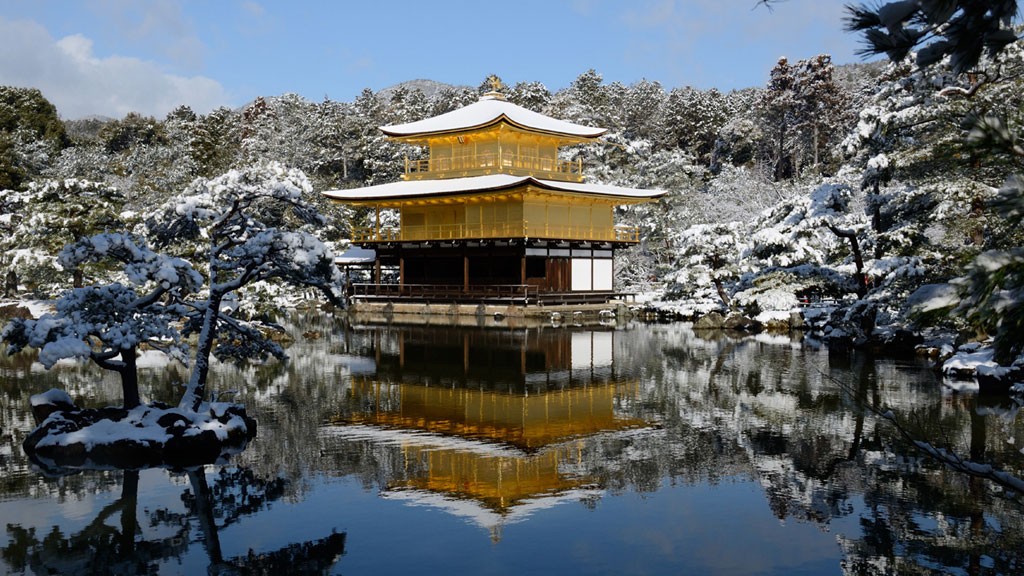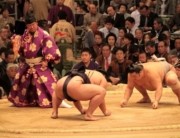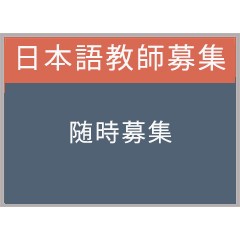Last Updated on July 7, 2021 by admin
World Cultural Heritage Site – Kinkaku (The Golden Pavilion)
Kinkaku (The Golden Pavilion) is a shariden, a Buddhist hall containing relics of Buddha. The pavilion is part of a temple that is formally named Rokuon-ji Temple, but commonly called Kinkaku-ji Temple, or Temple of the Golden Pavilion. Rokuon-ji is a Zen Buddhist temple, in the Shokokuji School of the Rinzai Sect.
This area was originally the site of a villa called Kitayama-dai and owned by a statesman, Saionji Kintsune. Ashikaga Yoshimitsu, the 3rd shogun of the Muromachi period, took a liking to the area and acquired it from the Saionji family in 1397. He then built his own villa, which he named Kitayama-den.
The garden and buildings, centered on the Golden Pavilion, were said to represent the Pure Land of Buddha in this world. The villa also functioned as an official guesthouse, welcoming Emperor Gokomatsu (Father of Zen teacher, Ikkyu) and other members of the nobility. Trade with China what became known as Kitayama Culture.
After Yoshimitsu died, in keeping with his will, the villa was converted into a temple by the priest Muso-kokushi, who became the first abbot. The temple’s name, Rokuon-ji, was derived from the name Yoshimitsu was given for the next world, Rokuon-in-den.
In 1994, Rokuon-ji Temple was registered as a World Cultural Heritage Site.







Stay in Touch
RSS
Facebook
Twitter
Google +1